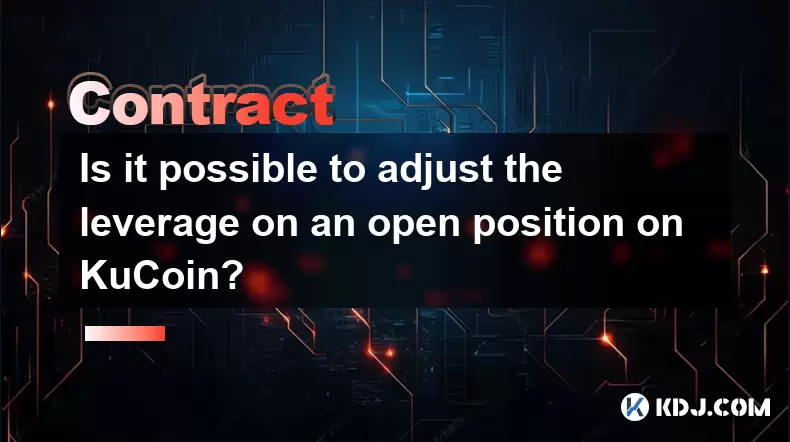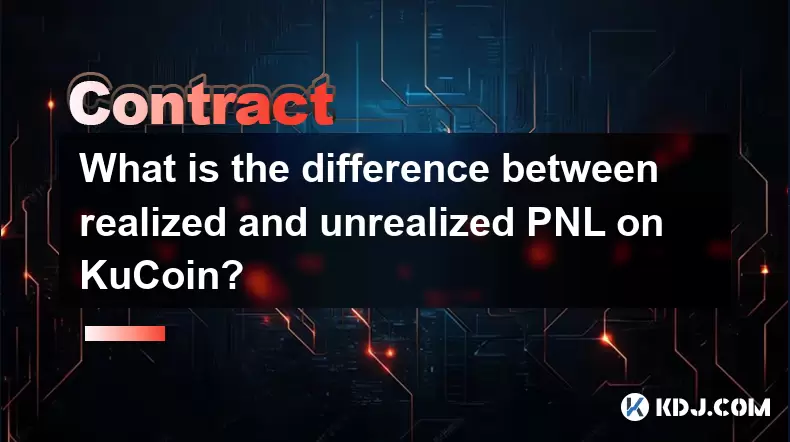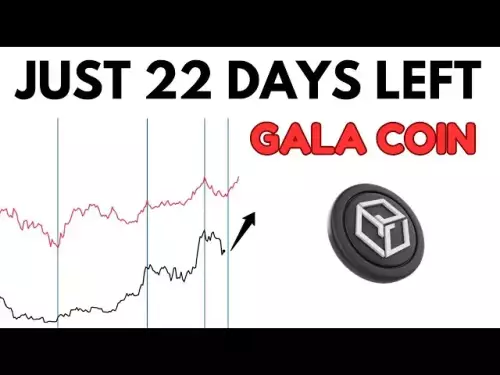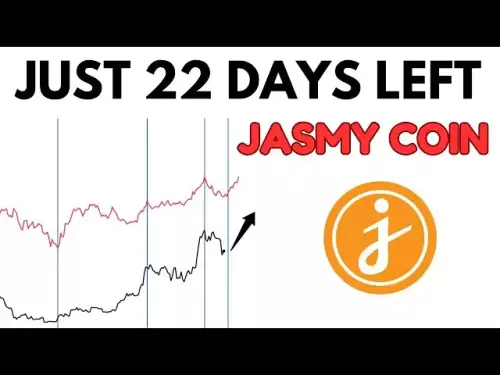-
 Bitcoin
Bitcoin $111700
-2.81% -
 Ethereum
Ethereum $4603
-3.72% -
 XRP
XRP $2.946
-2.80% -
 Tether USDt
Tether USDt $0.9998
0.02% -
 BNB
BNB $859.1
-1.16% -
 Solana
Solana $199.0
-4.50% -
 USDC
USDC $0.9999
0.01% -
 TRON
TRON $0.3517
-3.87% -
 Dogecoin
Dogecoin $0.2206
-5.06% -
 Cardano
Cardano $0.8705
-3.56% -
 Chainlink
Chainlink $24.97
-2.00% -
 Hyperliquid
Hyperliquid $45.27
2.41% -
 Stellar
Stellar $0.3921
-4.15% -
 Sui
Sui $3.479
-5.69% -
 Ethena USDe
Ethena USDe $1.000
0.00% -
 Bitcoin Cash
Bitcoin Cash $565.6
-4.80% -
 Avalanche
Avalanche $24.28
-4.82% -
 Hedera
Hedera $0.2377
-4.01% -
 UNUS SED LEO
UNUS SED LEO $9.508
-1.05% -
 Litecoin
Litecoin $112.6
-6.16% -
 Toncoin
Toncoin $3.215
-4.04% -
 Shiba Inu
Shiba Inu $0.00001244
-3.67% -
 Uniswap
Uniswap $10.28
-7.32% -
 Polkadot
Polkadot $3.909
-4.34% -
 Dai
Dai $0.9999
0.00% -
 Cronos
Cronos $0.1583
-1.98% -
 Bitget Token
Bitget Token $4.533
-3.76% -
 Monero
Monero $276.0
2.59% -
 Aave
Aave $329.3
-5.93% -
 Pepe
Pepe $0.00001031
-5.69%
How to operate Binance contract trading
Understanding Binance Contract Trading involves grasping the mechanics of derivative contracts, creating an account, comprehending contract specifications, funding your account, executing orders, monitoring positions, and closing trades effectively.
Nov 20, 2024 at 06:22 am

A Comprehensive Guide to Binance Contract Trading
Binance, the leading cryptocurrency exchange, offers a comprehensive platform for contract trading, enabling users to engage in advanced trading strategies with leverage and increased profit potential. This guide will provide a comprehensive overview of how to operate Binance contract trading, including key steps, strategies, and risk management.
Step 1: Understanding Contract Trading
- Contract trading involves buying or selling a derivative contract representing the underlying asset, such as cryptocurrency, without physically owning it.
- These contracts are standardized agreements with predetermined terms, including expiration dates and settlement prices.
- Traders can speculate on the price movements of the underlying asset without actually buying or selling the asset itself.
Step 2: Creating a Binance Account
- To start contract trading on Binance, create an account by providing personal information and completing the verification process.
- Ensure your account is fully verified to unlock all trading features and enhance security.
Step 3: Understanding Contract Specifications
- Binance offers futures and perpetual contracts for a range of crypto assets.
- Futures contracts have fixed expiration dates, while perpetual contracts do not expire and maintain a constant price index.
- Traders must understand the contract specifications, including margin requirements, leverage ratios, and settlement details.
Step 4: Funding Your Account
- Contract trading requires margin funds to cover potential losses.
- Transfer funds to your Binance account using supported cryptocurrencies or fiat currencies through available payment methods.
Step 5: Placing an Order
- To execute a contract trade, select the desired trading pair and order type.
- Specify the order quantity, price, and leverage ratio.
- Binance offers multiple order types, including limit orders, market orders, and conditional orders.
Step 6: Monitoring Your Position
- Once an order is executed, traders can monitor their position in the "Positions" tab.
- This tab provides real-time information about the position, including profit/loss, margin balance, and liquidation price.
- Traders can adjust their positions or take appropriate risk management actions based on market conditions.
Step 7: Closing a Position
- To close a position, enter a new order with the opposite direction to the original order.
- For example, if you have a long position, entering a short position will close the first trade.
- Traders can also close positions manually by selecting the "Close Position" option in the "Positions" tab.
Disclaimer:info@kdj.com
The information provided is not trading advice. kdj.com does not assume any responsibility for any investments made based on the information provided in this article. Cryptocurrencies are highly volatile and it is highly recommended that you invest with caution after thorough research!
If you believe that the content used on this website infringes your copyright, please contact us immediately (info@kdj.com) and we will delete it promptly.
- ICP Trading Tumbles, PI Plummets, But BlockDAG Sales Soar: A Crypto Contrast in 2024
- 2025-08-26 01:25:13
- Bitcoin, XRP, and Strategy: Navigating the Crypto Landscape Like a New Yorker
- 2025-08-26 01:25:13
- Crypto Picks 2025: Cold Wallet and the Quest for the Next Big Thing
- 2025-08-26 01:50:12
- Shiba Inu's SHIB Reserves: Analyst Warnings and Unexpected Stability
- 2025-08-26 01:50:12
- Atlanta's Music Scene: A Reinvention with Token Hearts and Beyond
- 2025-08-26 02:05:12
- Coffee, Trivia, and a Free Drink: Gilmore Girls Trivia Night!
- 2025-08-26 00:45:13
Related knowledge

Is it possible to adjust the leverage on an open position on KuCoin?
Aug 09,2025 at 08:21pm
Understanding Leverage in KuCoin Futures TradingLeverage in KuCoin Futures allows traders to amplify their exposure to price movements by borrowing fu...

What cryptocurrencies are supported as collateral on KuCoin Futures?
Aug 11,2025 at 04:21am
Overview of KuCoin Futures and Collateral MechanismKuCoin Futures is a derivatives trading platform that allows users to trade perpetual and delivery ...

What is the difference between realized and unrealized PNL on KuCoin?
Aug 09,2025 at 01:49am
Understanding Realized and Unrealized PNL on KuCoinWhen trading on KuCoin, especially in futures and perpetual contracts, understanding the distinctio...

What different order types are available to use on KuCoin Futures?
Aug 13,2025 at 11:35am
Understanding Order Types on KuCoin FuturesKuCoin Futures offers a comprehensive range of order types to accommodate different trading strategies and ...

How does KuCoin Futures compare against Binance Futures in terms of features?
Aug 09,2025 at 03:22am
Trading Interface and User ExperienceThe trading interface is a critical component when comparing KuCoin Futures and Binance Futures, as it directly i...

How can I manage risk when applying high leverage on KuCoin?
Aug 13,2025 at 11:35am
Understanding High Leverage and Its Implications on KuCoinHigh leverage in cryptocurrency trading allows users to control larger positions with a rela...

Is it possible to adjust the leverage on an open position on KuCoin?
Aug 09,2025 at 08:21pm
Understanding Leverage in KuCoin Futures TradingLeverage in KuCoin Futures allows traders to amplify their exposure to price movements by borrowing fu...

What cryptocurrencies are supported as collateral on KuCoin Futures?
Aug 11,2025 at 04:21am
Overview of KuCoin Futures and Collateral MechanismKuCoin Futures is a derivatives trading platform that allows users to trade perpetual and delivery ...

What is the difference between realized and unrealized PNL on KuCoin?
Aug 09,2025 at 01:49am
Understanding Realized and Unrealized PNL on KuCoinWhen trading on KuCoin, especially in futures and perpetual contracts, understanding the distinctio...

What different order types are available to use on KuCoin Futures?
Aug 13,2025 at 11:35am
Understanding Order Types on KuCoin FuturesKuCoin Futures offers a comprehensive range of order types to accommodate different trading strategies and ...

How does KuCoin Futures compare against Binance Futures in terms of features?
Aug 09,2025 at 03:22am
Trading Interface and User ExperienceThe trading interface is a critical component when comparing KuCoin Futures and Binance Futures, as it directly i...

How can I manage risk when applying high leverage on KuCoin?
Aug 13,2025 at 11:35am
Understanding High Leverage and Its Implications on KuCoinHigh leverage in cryptocurrency trading allows users to control larger positions with a rela...
See all articles

























































































